Body and mind
Airway Monitoring
As we breathe in and out we release some nitric oxide molecules in our breath. We know that the amount of nitric oxide exhaled can be an indication of inflammation in the lungs. Doctors on Earth are measuring the amount of nitric oxide to help diagnose asthma and other diseases of the lungs, but the method is not yet fully understood.
For future exploration of our Universe space physicians are always looking for easier ways to monitor astronaut health. There are concerns that dust that could be dangerous to human health on other planets or our Moon, for example. Apollo lunar astronauts said that the Moon dust was all-invasive, clinging to equipment, clothes and getting into their spacecraft.
To test nitric oxide monitoring in space and assess its value as a diagnostic tool, ESA astronaut Tim Peake and other astronauts wore a portable gasmask that analysed the molecule as he breathed. The experiment was performed at normal Space Station pressure but also at a half-pressure in the Quest airlock to simulate the atmosphere on a lunar base.
This was the first time that Quest was used for scientific research, its main purpose until then being for spacewalks. ESA astronaut Samantha Cristoforetti began the experiment during her mission in 2015.
Previous ESA experiments have led to improved hospital equipment and diagnoses. The Airway Monitoring experiment added to knowledge of using nitric oxide in our breath as a diagnostic tool. The experiment also paved the way for sending astronauts to the Moon and beyond, where they would have to live healthily self-sufficiently.
Brain-DTI
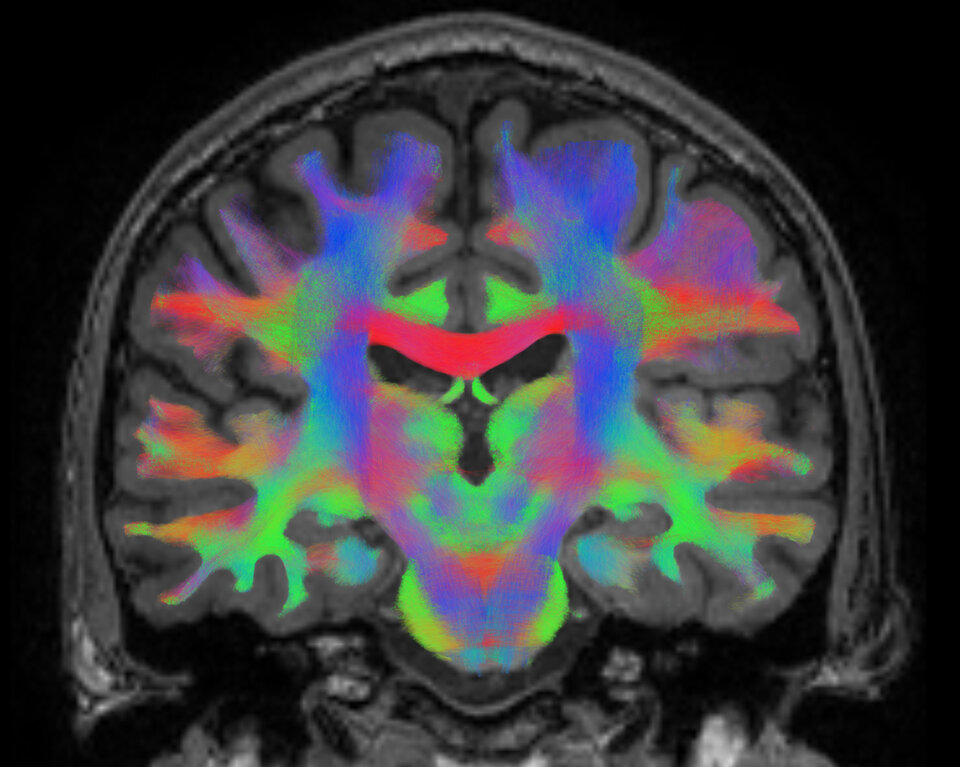
Humans are adaptable beings. Wear glasses that turn your view of the world upside-down and within two weeks your brain will have adapted to the topsy-turvy world.
Researchers suspect that astronauts’ brains adapt to living in weightlessness by using previously untapped links between neurons. As the astronauts learn to float around in their spacecraft, left–right and up–down become second nature as these neuronal connections are activated.
To confirm this theory, up to 16 astronauts will be put through advanced Magnetic Resonance Imaging (MRI) scanners before and after their flights to study any changes in their brain structure. A control group on ground will undergo the same scans for further comparison.
The research is providing scientists on Earth clues where to look in the brains of people who suffer from disorders based on previous traumatic experiences such as vertigo.
Circadian Rhythms

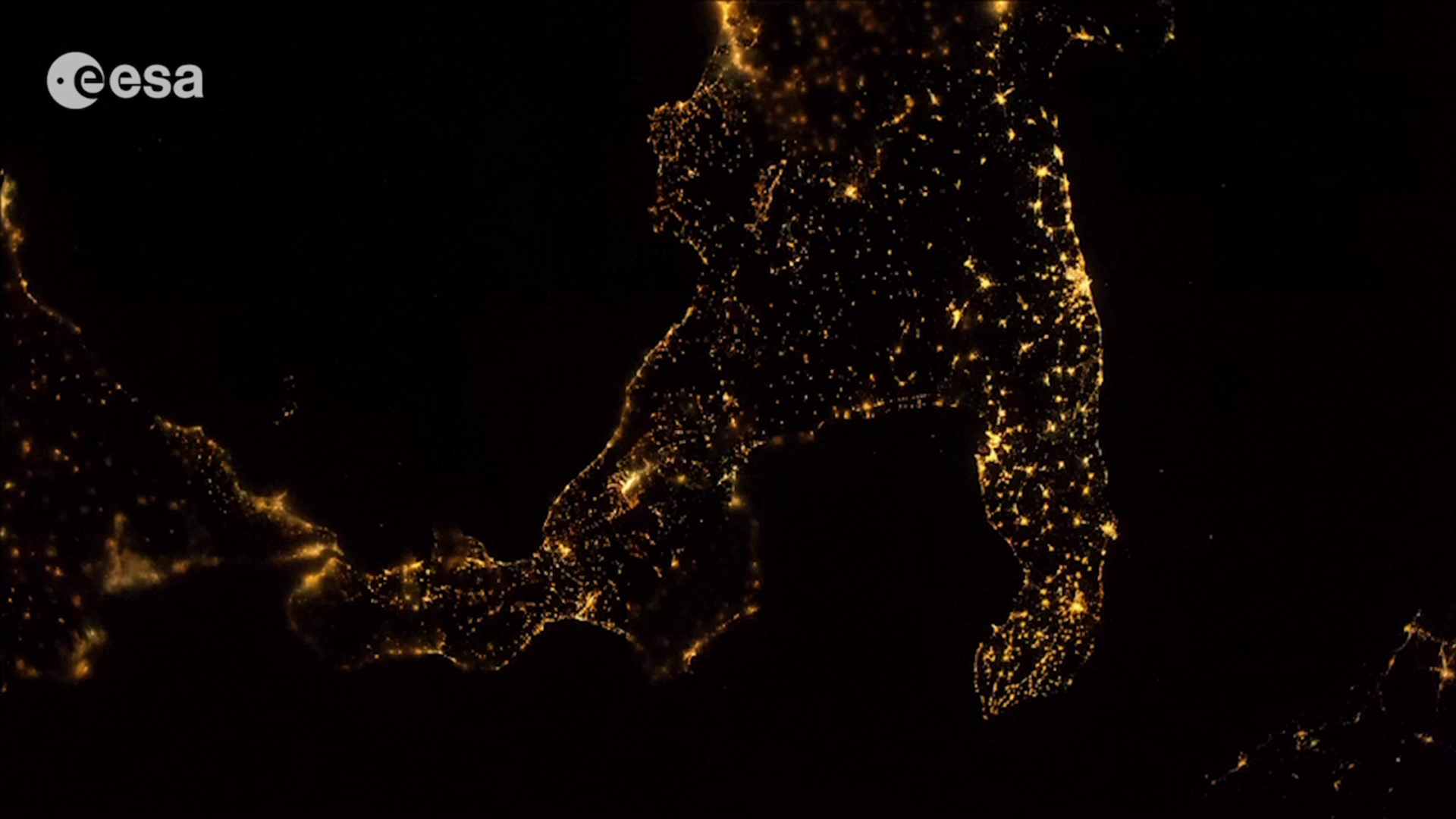
Access the video
Our bodies know roughly what time of day it is, making us feel sleepy at night. Our biological clock follows Earth’s 24‐hour cycle but reacts to sunlight. In our modern world many people live outside of the natural cycle, staying up late or working night shifts. As a result, problems with sleeping are common but not fully understood.
Tim experienced 16 sunrises and sunsets every day on the International Space Station as it circled Earth, making it a unique place to study circadian rhythms. No other place near Earth offers 90-minute days that put a serious strain on people’s body clocks.
How his biological clock reacted is of interest to the next generation of astronauts as well as people on Earth who work irregular hours, such as doctors and emergency workers. The data will be shared and compared with isolation studies, such as ESA’s Mars500, and in places that experience the opposite to short days, such as in Antarctica where people on the research base Concordia live four months without sunlight.
The Circadian Rhythms experiment measures astronaut temperature and melatonin, a hormone linked to sleep. Tim’s readings were measured continuously using Thermolab, a new sensor that monitors temperature without impractical thermometers.
The results will help in finding out how to rest effectively and be alert when most needed, a skill that many would benefit from, especially astronauts who need to be ready for spacecraft dockings at irregular intervals.
Energy

Scientists want to know how to feed people on future missions, such as a journey to Mars. An 18-month mission to the Red Planet requires planning the accommodationof all hardware and supplies down to the kilogram. This experiment set out to ask: how much food does an astronaut need for 18 months in space? Imagine an astronaut running out of energy during a critical moment such as a Mars landing.
This experiment looked at the energy expenditure of astronauts to plan adequate but not excessive food supplies. It was a complex experiment and many astronauts were involved. ESA astronauts André Kuipers, Luca Parmitano, Alexander Gerst, Samantha Cristoforetti and others took part in this experiment on their missions before Tim.
As with most physiology experiments, measurements are conducted before, during and after flight. This is the only way to record the differences between living on Earth and in microgravity.
The space part of this experiment lasted 11 days. Space food was eaten from a special package on the first two days and everything was registered with bar codes and on written forms to know exactly what Tim ate. He drank water with deuterium isotopes and regularly collected water and urine samples. The isotopes allowed the scientists to examine how Tim’s energy levels changed over the 11-day period.
A mask measured the amount of oxygen Tim absorbs for 20–50 minutes at a time during the second day to deduce energy consumption. All movements were recorded during the experiment using an activity monitor.
Immuno-2
Living in space is a wonderful experience but it can take its toll on an astronaut’s body: half of astronauts return sick from a mission to the International Space Station.
Stress is a response of the body as it adapts to hostile environments. This broad definition includes stress from speaking in front of an audience, stress from a wound or stress from living in weightlessness in a fragile spacecraft far from home.
The Immuno-2 experiment took a holistic approach to consider how stress affects our immune system. Using brain scans, monitoring breathing and looking at samples from Tim’s hair, the researchers hoped to understand how living in stressful conditions affected his immune system.
Muscle Biopsy
Living in microgravity leads to the loss of muscle mass, function and motor control. By taking samples of Tim’s soft tissue, the Muscle Biopsy experiment looked for the root of the problem of maintaining muscle mass in space. The European astronaut provided feedback on how his muscles performed before and after his flight.
Space Headaches
Almost three-quarters of astronauts suffer from headaches in space, which usually are worse in the first few weeks. Described by some as ‘exploding’, the headaches are unlike any felt on Earth. This could be bad news for space tourists who spend a short time in space and want to enjoy it as much as possible.
This experiment used regular questionnaires to investigate the headaches experienced by astronauts. Tim filled in a questionnaire regularly to study the number of headaches he had on the Station. The researchers are looking to understand the causes of headaches in space. Are they linked to the fluid movement towards the head in microgravity? Is there a link between headaches on the ground and in space?
ESA astronaut André Kuipers was the first test subject during his mission in 2012, followed by ESA astronauts Luca Parmitano, Alexander Gerst, Samantha Cristoforetti and Andreas Mogensen. The headaches are classified and analysed according to the International Classification of Headache Disorders.


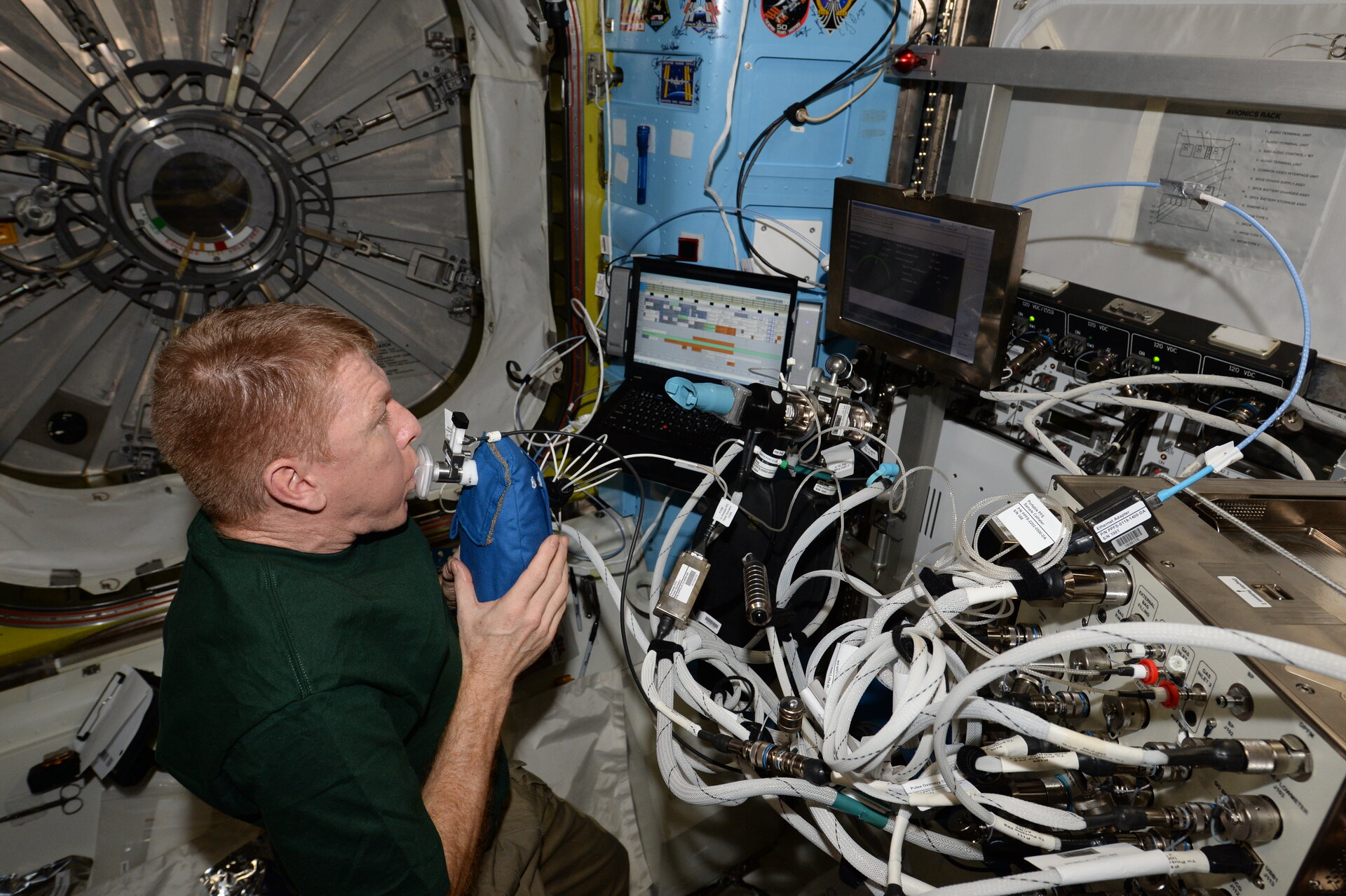


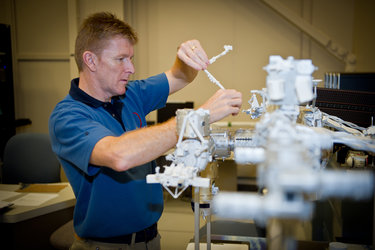
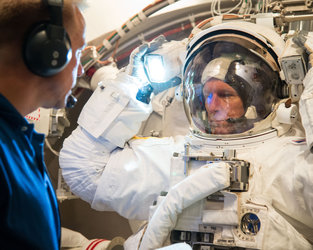

 Tim Peake on Facebook
Tim Peake on Facebook Tim Peake on YouTube
Tim Peake on YouTube Tim Peake on Flickr
Tim Peake on Flickr